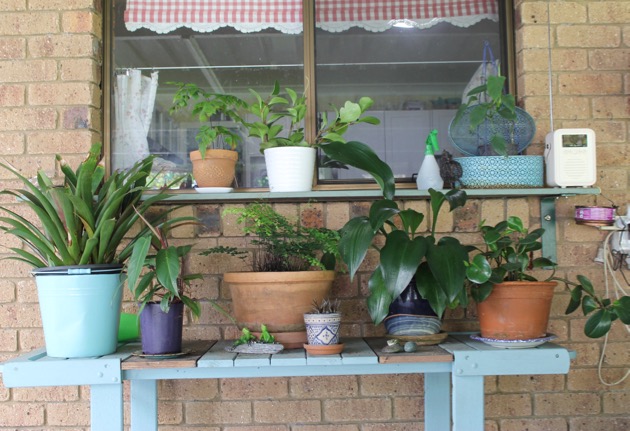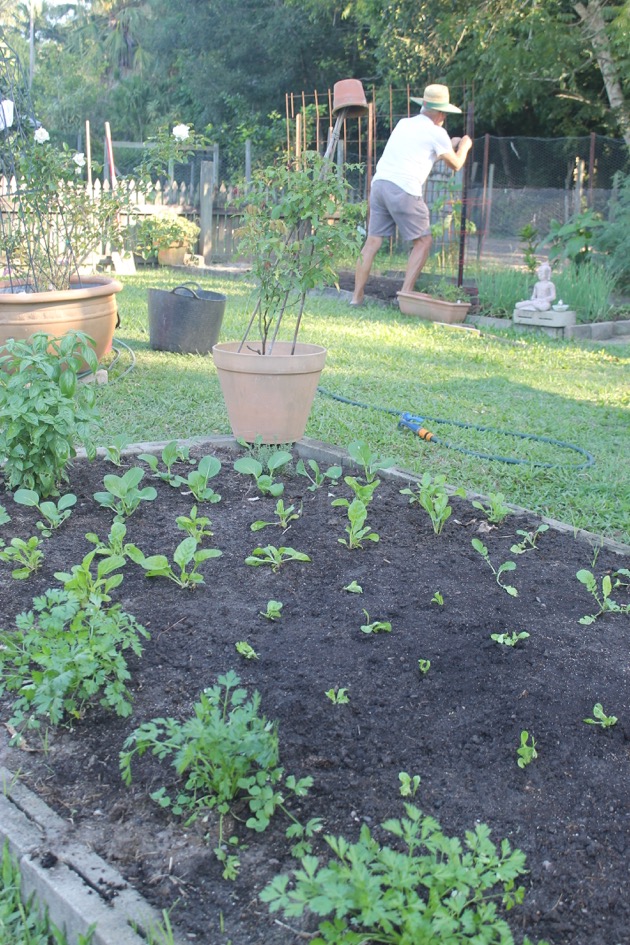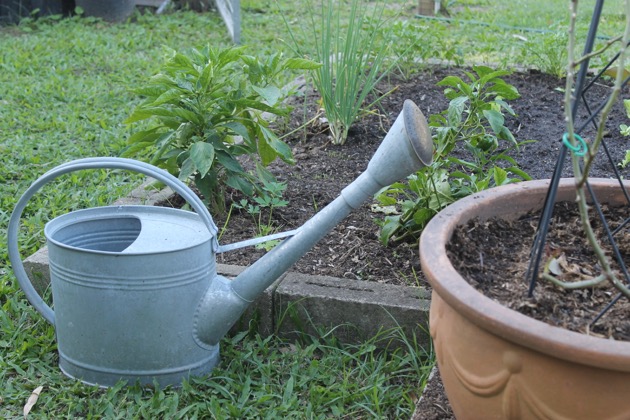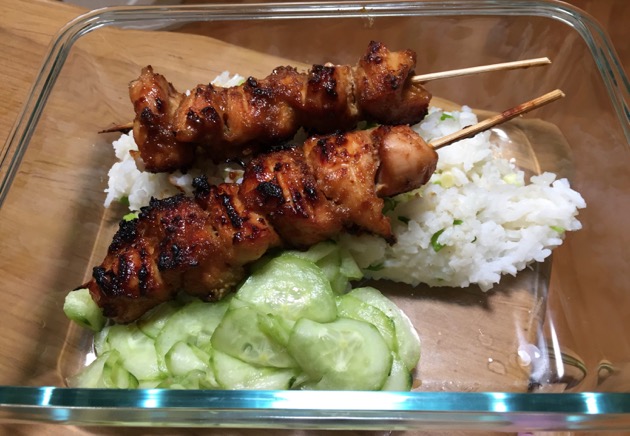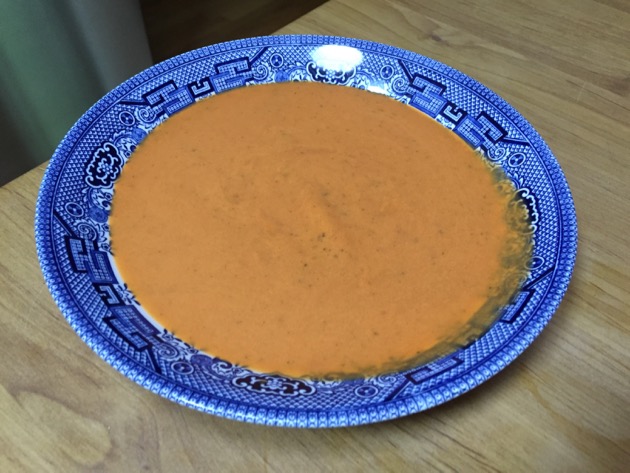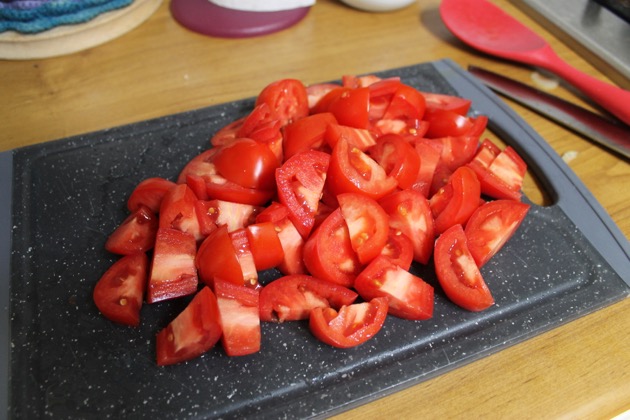I am not an expert pruner by any means but I do know a few of the basics and they're enough to keep our garden in good shape most of the time. Hanno and I have just pruned the elderberry tree, it's got borers in it but we want to keep it going until the followup tree is mature enough to produce flowers and berries. While I was trimming the elder, I realised I've rarely written about pruning and yet it's such a vital part of a healthy productive garden.
When you first start gardening you don't want to cut anything unless you're going to eat it but after a couple of seasons you realise that pruning will stimulate flowers and leaf growth and help you organise and manage your garden. It's a vital part of garden maintenance. Pruning is not an every week task but if you can do some hard pruning once or twice a year and some tip pruning occasionally, your garden will benefit from it.
A few plants don't like to be pruned so I encourage you to know what you're growing in your own garden, research its growing habits and use that knowledge to decide whether to prune that plant or not.
The photos below are of our lemon tree, a Eureka. We did a severe prune on our 15 year old tree (above) to cut out borer and diseased growth. As you can see we really went to town on it in 2015. The photos further down are the same tree today. It's only just started to grow out on the front of the tree. The back is absolutely laden with lemons. We also have a two year old tree that's full of fruit now.
The lemon tree after drastic pruning. You need to be careful when you prune back as hard as this.
The same tree 18 months later.
Above, you can see the new grown on the left. This has just started in the past month or two - over a year after we pruned the tree.
Soon I will pick these lemons and prune this part of the tree to shape it properly.
Here are some links to help you develop a general sense of what and how to prune:
Proper pruning techniques
Pruning Australian natives
Pruning fruit trees
Pruning and fruitfulness
What to prune, when - trees, shrubs and vines
Pruning trees
Espaliering Trees
This is what I know:
Wear protective clothing and gloves when you prune. Some plants with white milky sap are toxic and you don't want it on your skin. Cover up!
List of potential culprits.
Always use clean, sharp secateurs, clippers, knives, shears and axes. Clean your tools after pruning by scraping off any sap or tissue, scrub with dish liquid with a scrubber or brush, rinse, dry and leave out in the air to completely dry off. If you won't use the tools again for a while, rub with vegetable oil to prevent rusting.
Tools are capable of transferring disease from one plant to the next, so if you have a lot of pruning to do, get a small container of bleach to clean your tools between plants. This is especially important if you have diseased plants and you're cutting off the affected bits.
If you're growing grafted trees, often these are fruit trees or rose bushes, always prune off the shoots growing below the graft. The part of the tree/bush below the graft is only useful as root stock so any shoots growing in that section below the graft won't be the same as the fruit you're growing above the graft.
Always prune off damaged foliage, stems and branches. Damage might be from frost, sun burn, disease, storm damage, misshapen growth or age.
Halfway through pruning the elderberry tree. I had to call Hanno in to cut the thicker branches and finish it off.
All finished.
This is the same elder tree about three months after last year's pruning.
When you start your pruning session, stand back and look at the plant. What do you want to do? If you want to maintain a certain height, decide on what height you want and go from there. Remember to prune for shape as well as height. If you're doing general maintenance cut out any diseased branches/stems, then look for branches/stems that are crossing over others or those that are growing into the middle of the plant. Cut all of them off as close to the main branch/stem as you can.
Learn what nodes look like. Nodes look like a ring around the stem and it is where the shoots will emerge. If you want to shape the plant, cut just above a node. so that the new shoot will grow just below your cut. Cutting just above a node will stimulate that node to produce new growth.
You can see some nodes in this photo - they are the parts of the plant where new shoots grow and new branches form. Before the new growth, nodes are just a horizontal line across the stem. You cut just above the node when you prune.
Don't be afraid to prune. Cut out weak growth and it will reward you with a stronger plant, larger flowers and fruit. When you finish pruning, give the plant a good drink and the following day, fertilise it. If you've done very hard pruning, instead of fertilising, give the plant a good drink of seaweed concentrate made up according to the directions on the bottle. You will notice a difference in your garden when you start pruning. The challenge then is to work out your annual pruning routine and to learn about the plants you have and when is the best time to prune what's in your garden.








